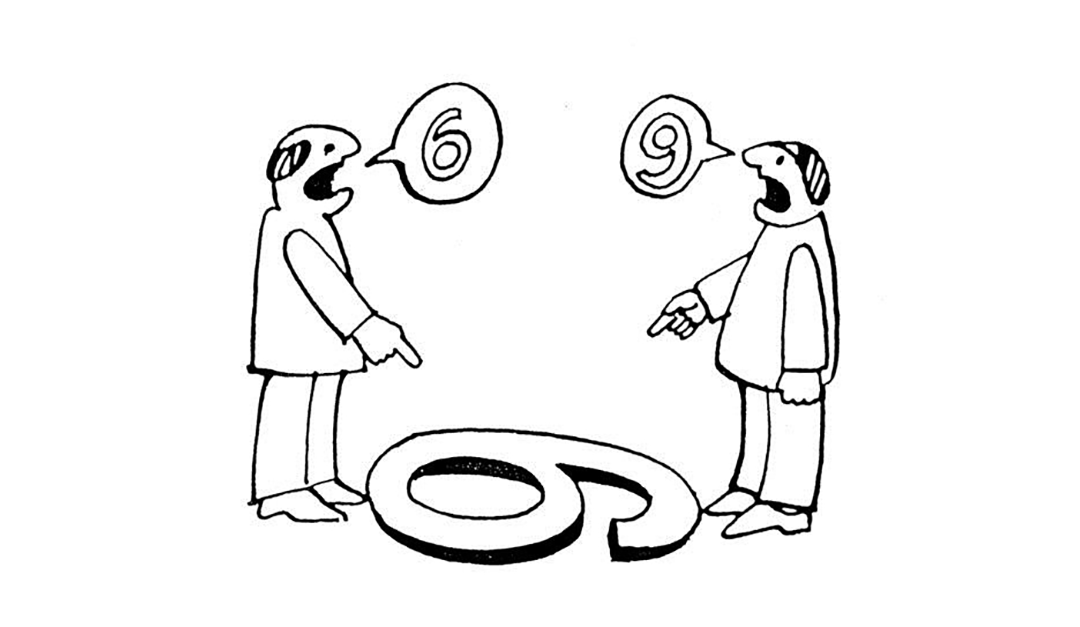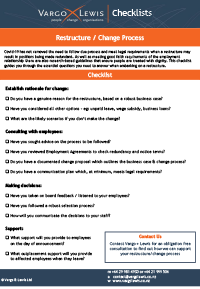
7 Reasons to use Emotion Check-In Tools in Team Environments
In today’s fast-paced and interconnected work landscape, effective communication and emotional well-being is crucial for successful collaboration. Emotion check-in tools provide a structured framework for team members to express and acknowledge their emotions, creating a safe space for conversations and empathy.
The article “Manage Your Emotional Culture” published in Harvard Business Review emphasizes the significance of emotional culture within organizations. It highlights that while many companies focus on managing their physical and cognitive aspects, neglecting the emotional dimension can be detrimental. That emotional culture, defined by the shared norms and expectations around emotions in the workplace, strongly influences employee behaviour, engagement, and performance. On the back of this we have collated 7 reasons to introduce tools such as the ECD from Riders & Elephants into team meetings, that will help cultivate and manage the emotional culture of your business.
Some advantages are:
- Enhanced Employee Well-being:
Regular activities allow business leaders to gauge the emotional well-being of their team members regularly. By providing a safe space for employees to express their emotions, leaders can identify and address any issues that may impact their well-being. This, in turn, promotes a healthier work environment and supports overall employee happiness and satisfaction. - Improved Employee Engagement:
Check-in tools encourage open communication and transparency within teams. By actively seeking and valuing employees’ emotions, leaders foster a culture of trust, empathy, and inclusivity. Employees feel more engage, understand themselves and their team better, leading to increased motivation, productivity, and loyalty. - Enhanced Team Collaboration:
Understanding team members’ emotions helps leaders identify any emotional barriers that may hinder effective collaboration. By addressing these barriers and promoting emotional intelligence, leaders can foster better teamwork, empathy, and understanding among team members. This, in turn, improves communication, cooperation, and problem-solving capabilities within the team. - Better Decision-Making:
Emotion check-in tools provide business leaders with valuable insights into the emotional state of their team members. This information can influence decision-making processes, enabling leaders to consider the emotional impact of their decisions on the team. By taking emotions into account, leaders can make more informed and empathetic decisions, leading to better outcomes and a stronger team dynamic. - Early Detection of Issues:
Emotion check-ins allow business leaders to identify potential issues or conflicts early on. When employees feel comfortable sharing their emotions, leaders can detect signs of stress, burnout, or dissatisfaction promptly. This enables leaders to take a proactive approach to address concerns before they escalate, reducing the risk of negative impacts on team dynamics and performance. - Increased Retention and Talent Attraction:
Implementing emotion check-in tools demonstrates that leaders prioritize the emotional well-being of their employees. Such initiatives create a positive work culture that attracts and retains top talent. Employees are more likely to stay with an organization that values their emotions, leading to improved retention rates and reducing recruitment and onboarding costs. - Strengthened Leadership Effectiveness:
Emotion check-in tools also benefit leaders themselves. By actively engaging with their team members’ emotions, leaders can develop a deeper understanding of their team’s needs and concerns. This helps leaders adapt their management approach, provide appropriate support, and build stronger relationships with their team members.
At Vargo + Lewis, we are passionate about the utilisation of these tools in a team setting because the benefits are just so compelling. Boost your own team dynamics and productivity by giving these cards a go today. Let’s show you the cards in action and the power of these conversations first hand over coffee! Get in touch with the Vargo + Lewis team.





 Download the PDF
Download the PDF